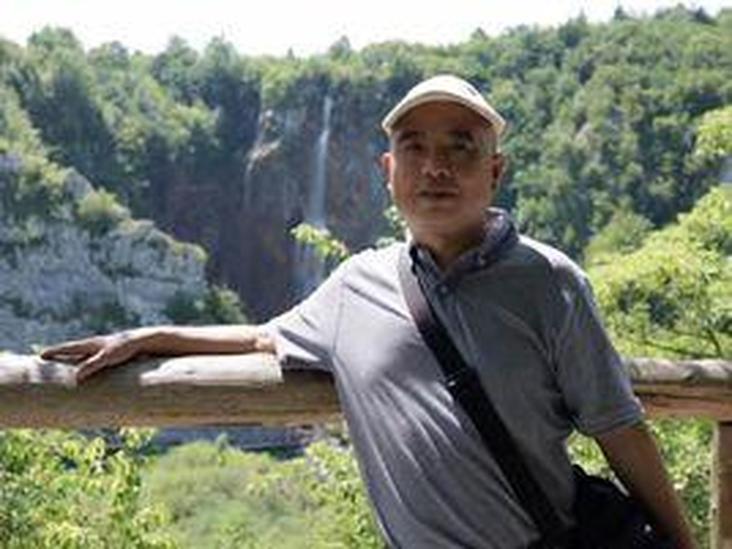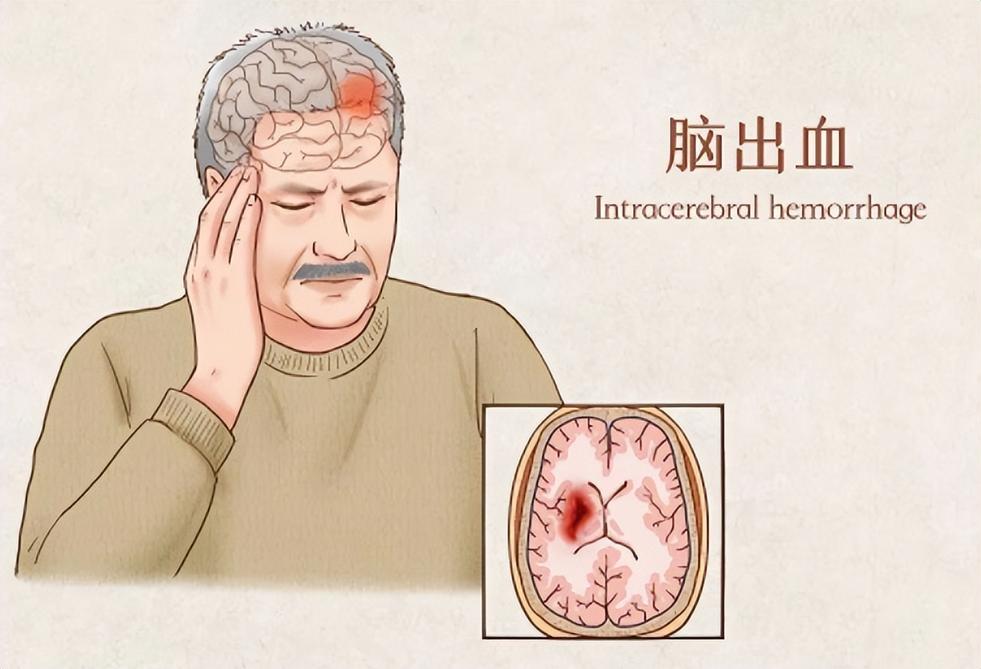生平

拉美西斯一世
他出生于非王室的军队指挥官的家庭,是第十八王朝末代法老霍伦海布的庭臣。在第18王朝的最后10年里,一直在后来的国王霍伦海布的身边参加战斗,深得霍伦海布的宠爱。他在军队中服役以其卓越的成就达到了显要的地位。他曾是一个军队指挥官,骑兵部队长官,具有将军的身份,又是“尼罗河口”(尼罗河三角洲支流)的管理人。普拉美斯还被霍伦海布任命为维西尔,又得到了埃及首席大祭司和阿蒙高僧的头衔,担负了行政和全国宗教的重要职务。作为非王家血统家世出身的霍伦海布抛开他亲生系统的后嗣,任命了维西尔普拉美斯为继承人。大约在公元前1320年霍伦海布去世时,普拉美斯登上王位的宝座成为拉美西斯。拉美西斯一世加冕后仅仅一年零四个月就去世了,被葬于帝王谷,霍伦海布墓的附近。拉美西斯一世在位的时间虽然较短,却标志著统治埃及的法老由稳定埃及发展的哈伦海布转移至如塞提一世及拉美西斯二世等强权的法老——这两位法老将埃及的国势推至顶峰。拉美西斯一名意为“拉塑造了他”,他的王位名“门帕提拉”可解释为“拉的权利是持久的”。这个称号是拉美西斯一世作为对新王国的创建者阿赫摩斯一世的颂辞而得到的。这些名称说明了新的王权对拉神的崇拜与信仰。在新王国时代,拉神已经和阿蒙神融合为一体,所以,作为新王朝的国王的第一个行动是恢复和整修卡纳克的阿蒙大神庙。
相关事件
在拉美西斯一世登基后不久,他就指定了他的儿子塞提一世作为共同摄政王,而他的儿子已经是一名军队指挥官,热衷于远征叙利亚,并企图恢复埃及在那里逝去的地位。但是,拉美西斯一世加冕后仅仅一年零4个月便去世。拉美西斯一世被葬于帝王谷,霍伦海布墓附近的一座仓促建造的陵墓中。
拉美西斯一世的木乃伊曾在19世纪埃及木乃伊疯狂盗卖中被当地僧侣转移并保护起来,但是仍被倒卖至加拿大尼亚加拉瀑布博物馆,后辗转至美国。经一系列现代科学鉴定,确认其身份就是埃及新王国时期(18-20王朝)的19王朝的开国法老拉美西斯一世,最后于2003年回赠埃及,与其子孙塞提一世、拉美西斯二世等法老一同陈列。
史籍
Around 1290 BC, the pharaoh Ramesses I, ancestor of Egypt's most illustrious rulers, was buried in a richly painted tomb in the Valley of the Kings. Ramesses entered his tomb expecting to undertake an arduous journey through the underworld. The king could hardly have imagined that his journey would take over three thousand years, winding a path to Atlanta, Georgia.
At the close of the Eighteenth Dynasty, the Egyptian royal family was in disarray, allowing Horemheb, a military commander of non-royal blood to become the last king of the dynasty. Since he had no heir, Horemheb appointed his military comrade and most trusted advisor, Paramessu, to be his successor. Paramessu, son of Seti, a judge and troop commander from Avaris in the northeastern Delta, began his career as a mid-level military officer, rising rapidly through the ranks. During the reign of Horemheb, Paramessu reached the highest levels of power, surpassing his father's position as troop commander to become "master of horse, commander of the fortress, controller of the Nile mouth, charioteer of His Majesty, king's envoy to every foreign land, royal scribe, colonel, and general of the Lord of the Two Lands."
Paramessu took the name Ramesses when he claimed the throne and founded the 19th Dynasty, becoming the first of eleven rulers by that name, including his grandson, Ramesses the Great. Ramesses had reached at least middle-age when he became king and ruled for only two years. This left him little time to erect temples, statues, or other monuments, and leaves us with little evidence of his reign. In fact, Ramesses did not even have time to complete his tomb (KV 16) in the Valley of the Kings at Thebes.
The tomb of Ramesses I was located in October 1817 by the Italian explorer Giovanni Battista Belzoni. Inside, Belzoni found several wooden statues and a red granite sarcophagus with cursorily painted decoration and damage on the lid, where it had been pried open in antiquity.
The plan and decoration of the tomb were abbreviated in comparison to others in the Valley due to the brevity of the king's reign; the niches along the corridor were left unfinished and only the burial chamber itself was decorated.The bulk of the funerary equipment was absent, having been stolen during the late New Kingdom, when tomb robbery in the Valley of the Kings went unchecked. The mummy of Ramesses I was also missing from the tomb.
According to both textual and archaeological evidence, Ramesses I was reburied in a cache of royal mummies during the Third Intermediate Period. At that time, Thebes was ruled by a series of military leaders who also held the prestigious title of High Priest of Amun, the preeminent god of Egypt whose worship was based at Karnak temple. It was the priestly officials of Thebes who re-consecrated and reburied the kings whose tombs had been violated. Recent scholarship has even suggested that the priests themselves stripped the gold and precious materials from the royal mummies and coffins, enriching the Amun Temple through officially sanctioned tomb robbery.







